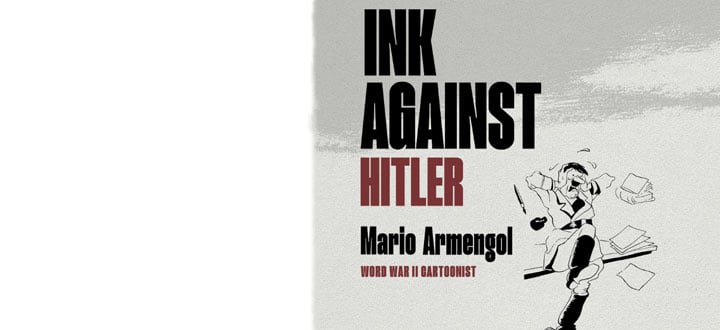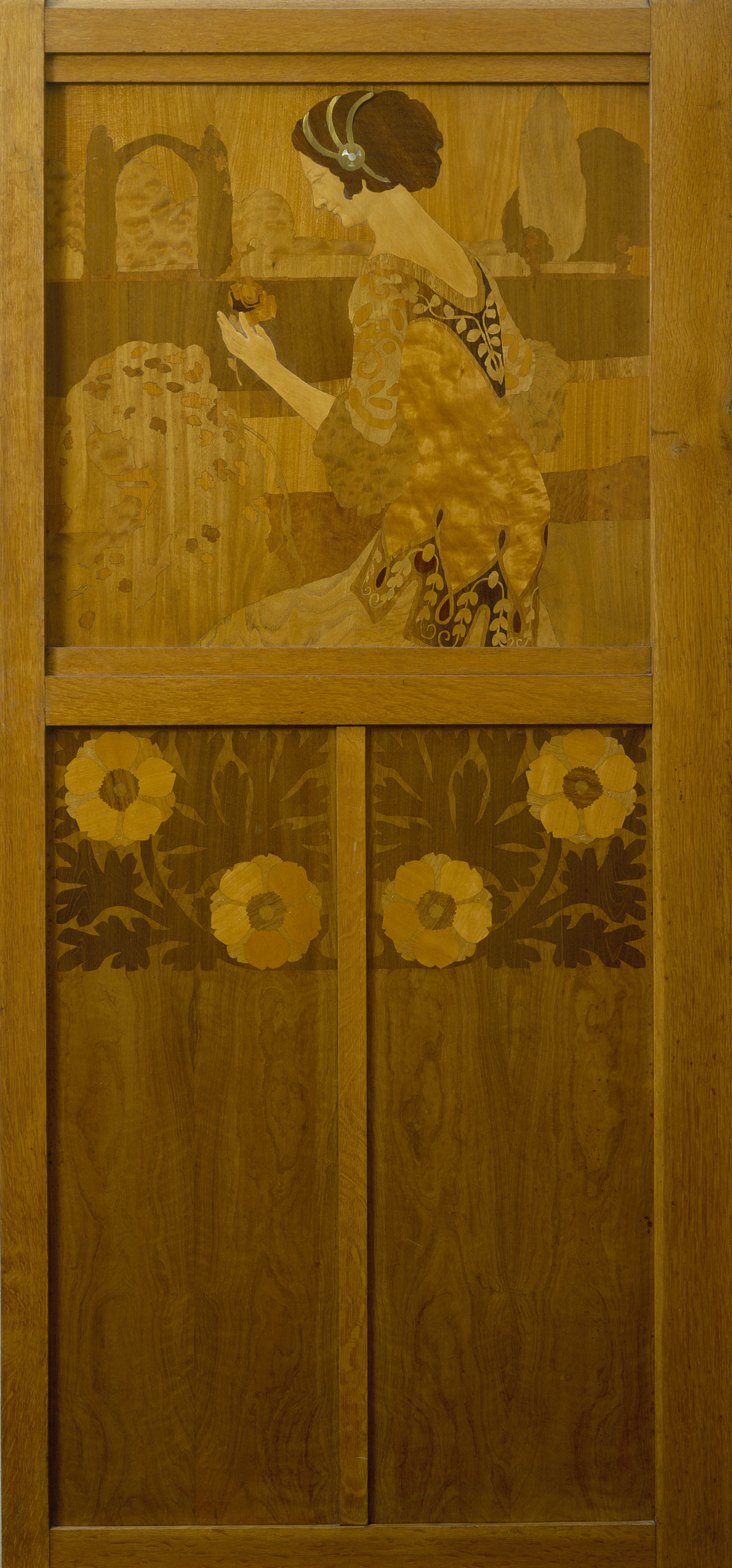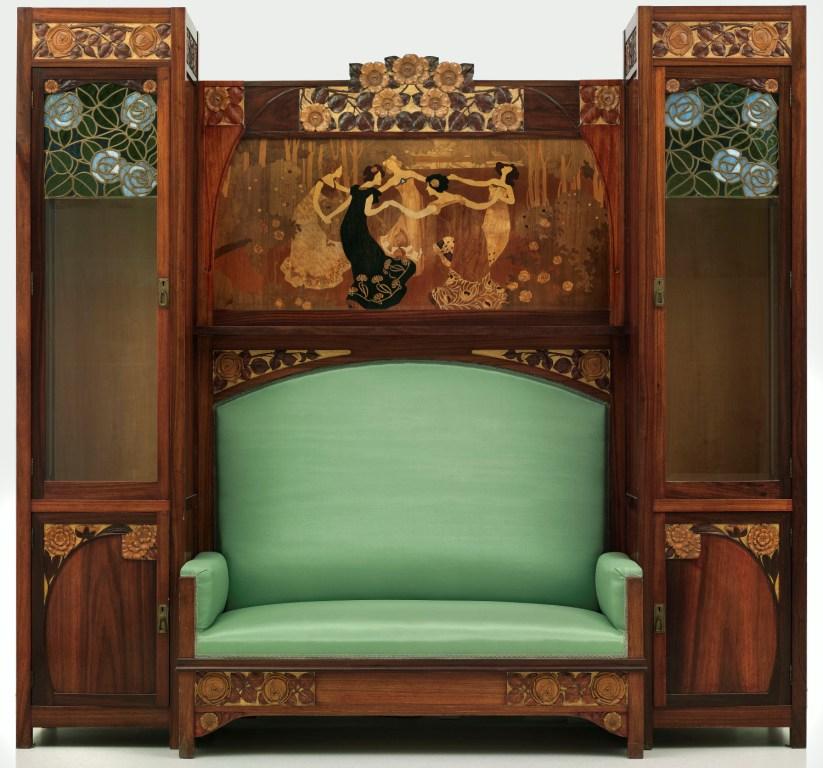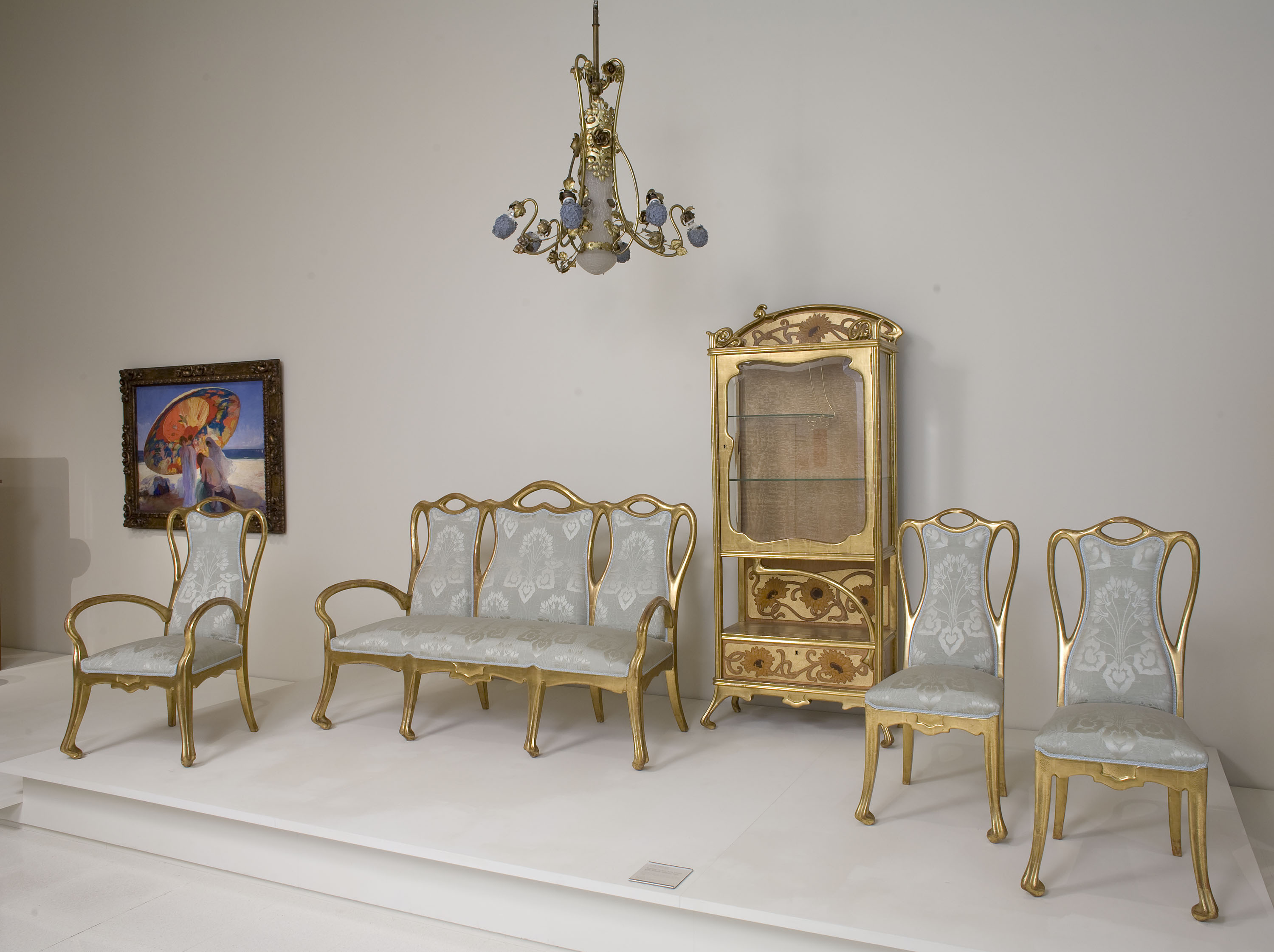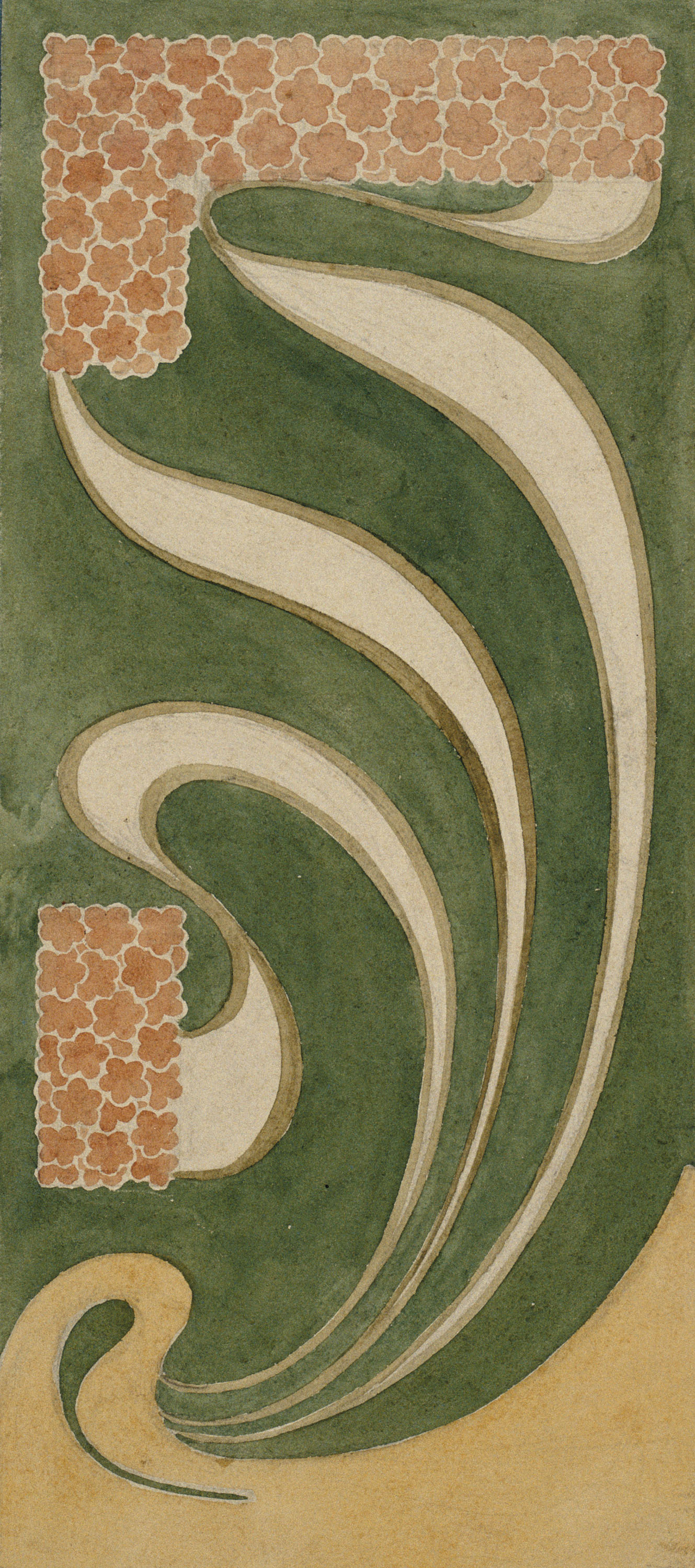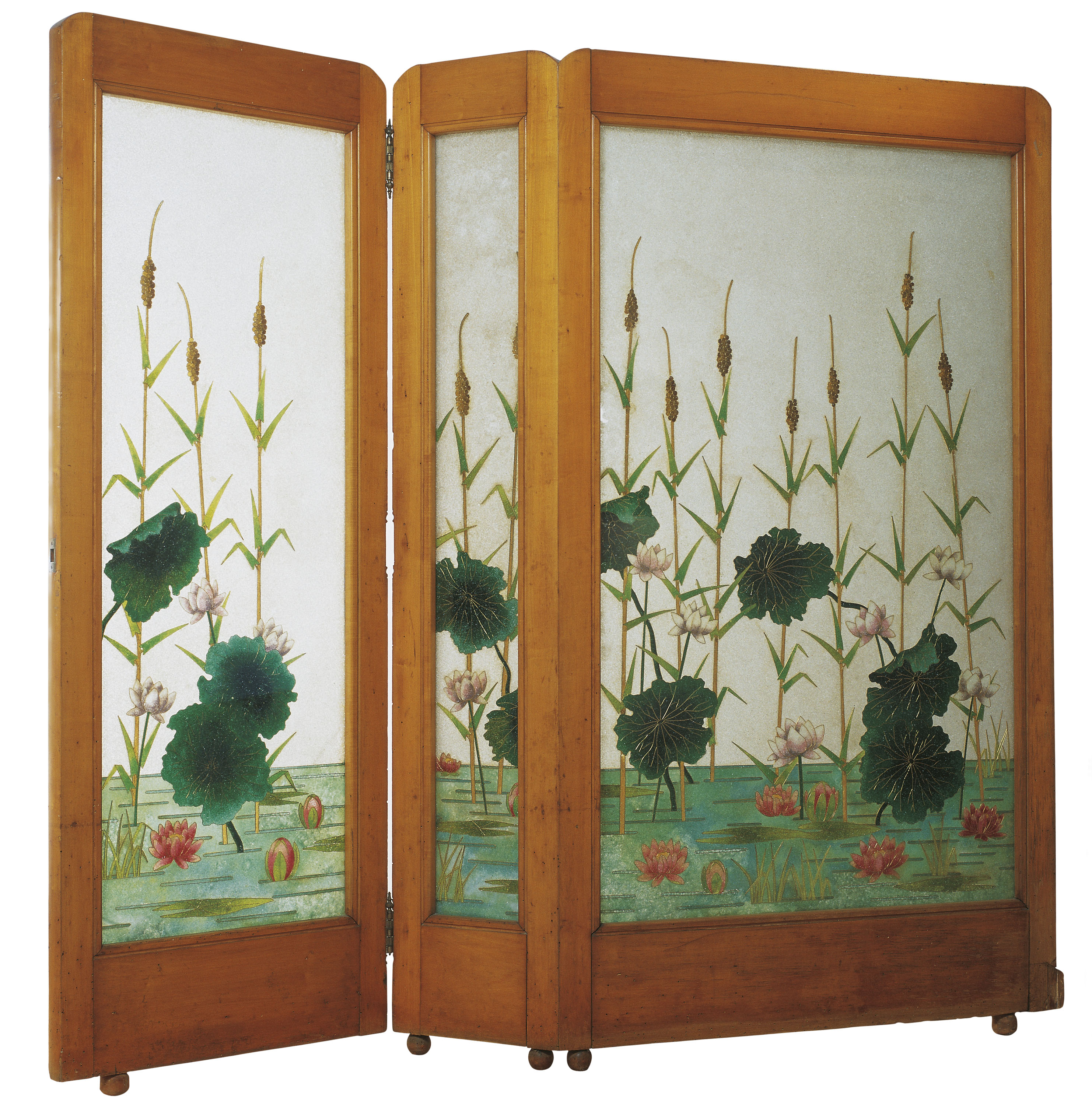II. Modernism(s)
II. Modernism(s)
During the second half of the 19th century, as a reaction to industrialised, mass-produced ornamental production, the traditional trades saw a revival all over Europe. Artists and architects designed everything from glass cases to paving, and craftsmen of all sorts –cabinet-makers, upholsterers, goldsmiths, ironsmiths, potters, glaziers, etc.– found a common home in an architecture that dreamed of conducting a new harmony in the arts and crafts as much as it yearned for the synthesis of art and life. Faced with a city riven by violence and the class struggle –remember Barcelona had a flourishing working-class movement in those days and was known around the world as the Rose of Fire–, the home became the ideal refuge for that bourgeois utopia.
II.14. 'Modernistes' in Paris
II.15. 'Modernistes' in Barcelona
II.16. The painter of modern life
II.17. The ‘Modernista’ home
II.18. Antoni Gaudí and Josep Maria Jujol
II.19. Conservative ‘Modernismes’
II.20. Symbolisms 1
II.21. Bohemia, miserabilism and black painting
II.22. Symbolisms 2



